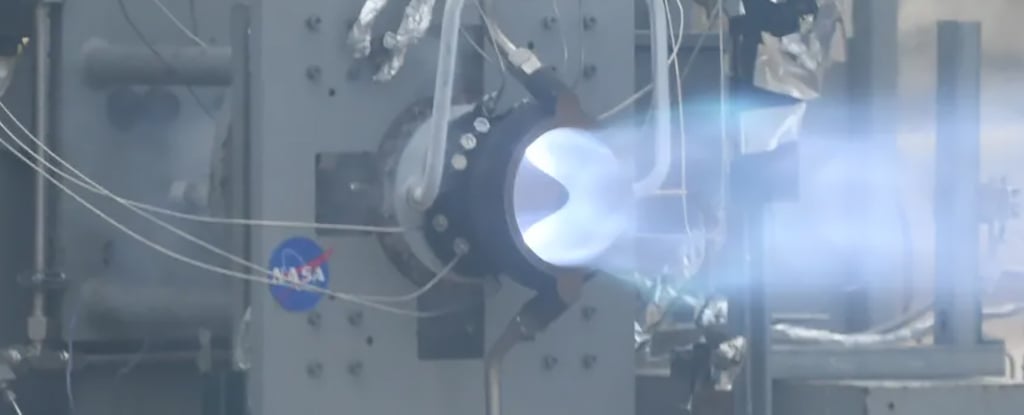

GM had record sales figures, just before they filed for bankruptcy. The problem with the car industry is that if you’re willing to sell at a loss, any level of sales can be achieved. But that is not a viable business. In reality, too many car companies are selling BEVs at a loss. This will have consequences soon.

















Have you seen the steam stats? Very few people played this game.